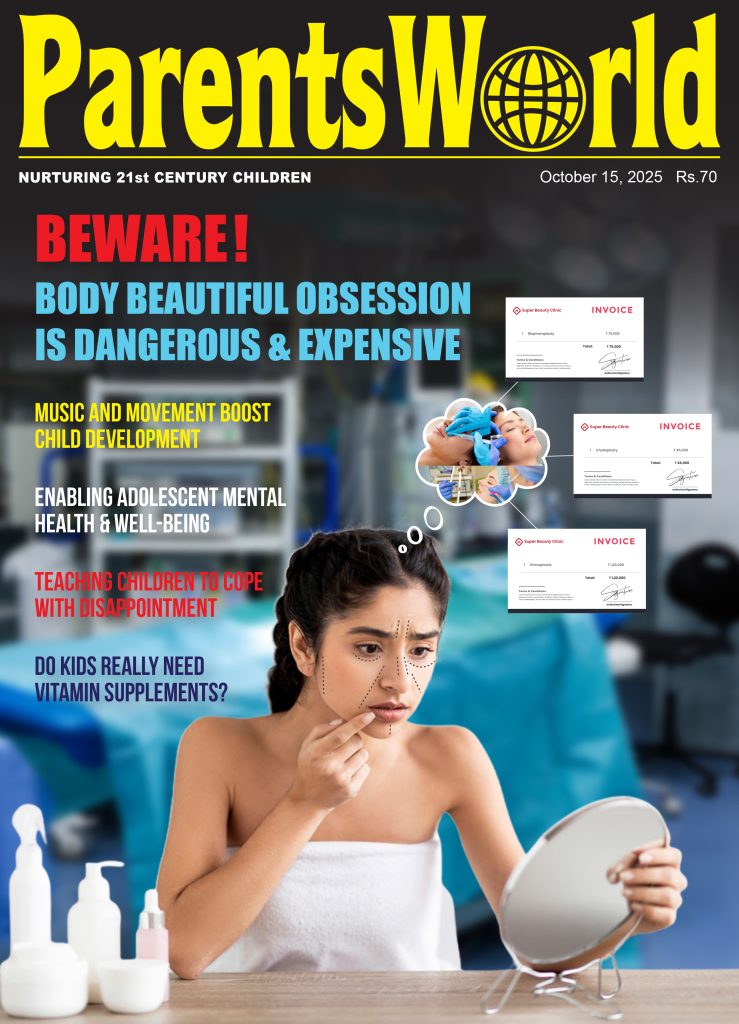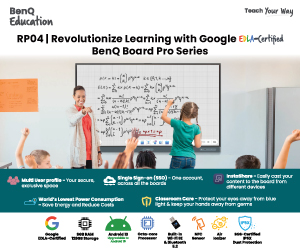– Christopher Jolly, Chairman of UK-based Jolly Learning Ltd, the publisher of Jolly Phonics
Winston Churchill once said he “put the English language into battle” during World War II. Both Churchill and Hitler were great speakers, but did English give Churchill an advantage? English isn’t just a world language because of the British Empire. It may also be popular because it allows clear and effective communication.
English has the largest vocabulary—around 800,000 words—much more than French, which has about 200,000 words. It also has more grammar rules, including 12 tenses, which is twice as many as German. Most languages have only three tenses, and Chinese has just one.
English has many letter sounds, especially vowels. While most languages have five or six vowels, the Jolly Phonics program teaches 17, allowing for many short English words. English also uses consonant blends like “st” in “stamp.” Some languages borrow English words but change them, like Malay’s “setem,” which removes the blends.
This richness makes English powerful for worldwide communication. It helps express complex ideas clearly and easily adopts new technical terms. English is now the language of business, science, travel, and more. Young people without English skills will find fewer job opportunities and face travel difficulties since things like visas and digital forms are often only in English.
What does this mean for education? The old way of teaching English as a Foreign Language (EFL)—after learning the first language—needs to change. Instead, English should be taught as a second first language right from the beginning of school. Because English’s many sounds and blends are very different from other languages, young children actually learn English faster when they start early.
It’s very important to use a good phonics program that focuses on the sounds of English. Research shows children learn twice as fast with phonics than with just memorizing the alphabet. Many classrooms use alphabet charts, but they should replace these with charts showing all English letter sounds—around 42 of them—to avoid confusion.
Not all phonics programs are equal. A good one helps children learn faster, ensures nearly all students succeed, and makes learning fun. Good programs use multi-sensory methods—actions, songs, and interactive tools—giving teachers many ways to help children who struggle. Waiting for children to “catch up” later doesn’t work well. Starting with a strong phonics program helps all children do well from the start.
Christopher Jolly, who created the Jolly Phonics program, emphasizes that early and proper teaching of English opens life’s opportunities for children worldwide.
Also Read: Online SLP programs empower teachers to use AAC for inclusive classrooms
















Add comment